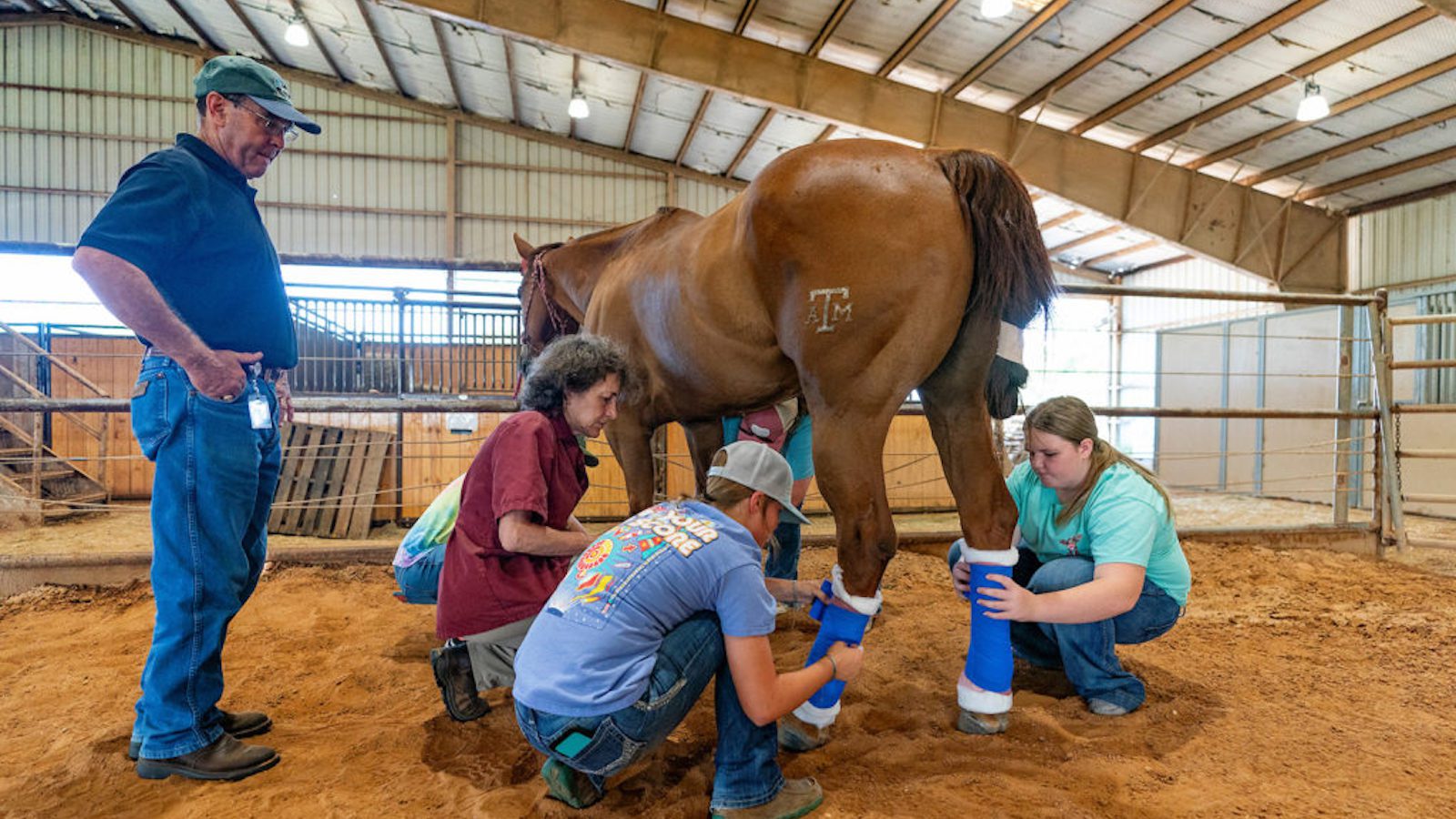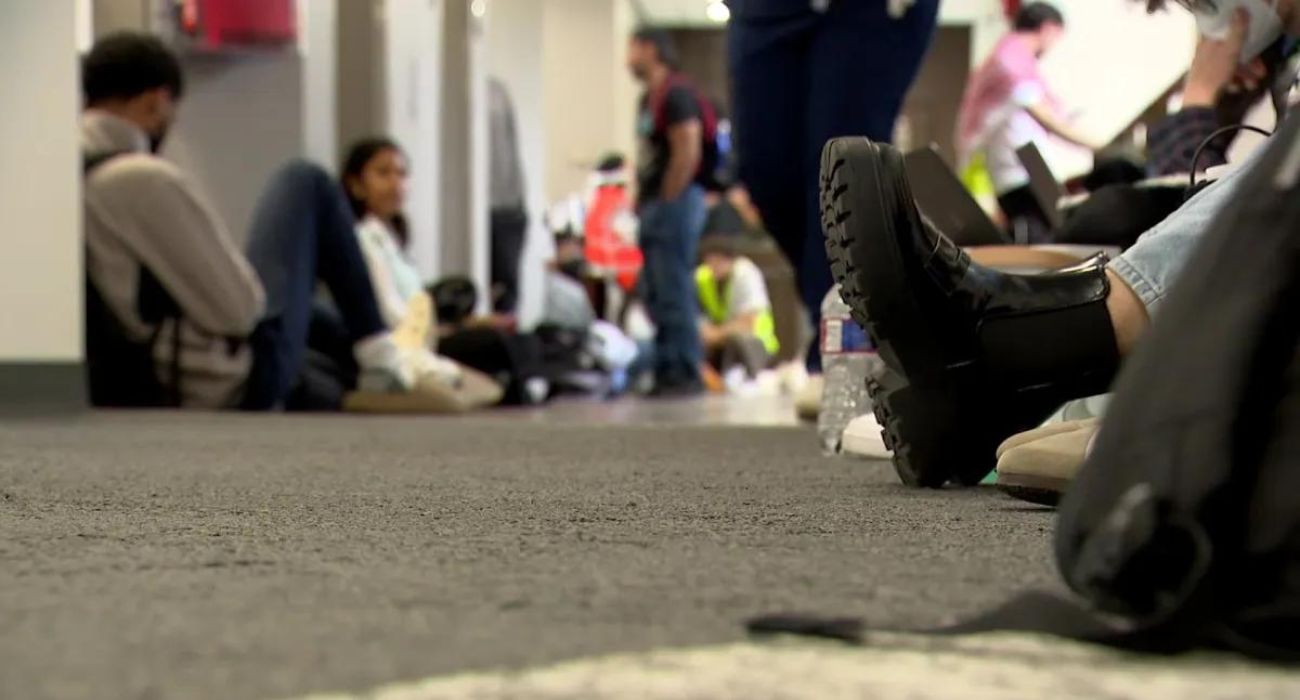A new institute opening at Texas A&M University will enhance equine efforts through science and academia. The Texas A&M University System Board of Regents recently approved the Institute for Equine Sciences, AgriLife Today reported, and it will be one of the largest collaborative programs of its kind.
Cliff Lamb, the director of Texas A&M AgriLife Research, stated the approval of the Institute was a landmark for the entire equine sector.
“Today’s approval from the Board of Regents is a remarkable milestone in forming the world’s most comprehensive and collaborative equine program,” Lamb told AgriLife Today. “Our work will create synergies across the equine sector that strengthen it long into the future.”
Establishing the Institute costs almost $25 million. Funds will come from the Texas A&M School of Veterinary Medicine and Biomedical Sciences, the Texas A&M University Office of the President, AgriLife Research, and the Department of Animal Science in the Texas A&M College of Agriculture and Life Sciences.
The Patsy Link Estate Endowment and N.W. “Dick” Freeman Endowment will be used toward salaries, teaching, infrastructure, and research, AgriLife Today reported.
Resources from across Texas A&M will be put toward the institute, according to the Carl B. King Dean of Veterinary Medicine, John August.
“The Equine Institute combines expertise and resources across Texas A&M toward a well-defined, unified mission. With this, we aim to ignite the collaborative spirit of advancing equine science, academics, leadership, well-being and industry,” August said.
Efforts to expand equine initiatives at the University first started in 2009, according to AgriLife Today, with The Equine Initiative. This initiative worked to create an equine sciences undergraduate certificate. The Equine Initiative modernized the equine curriculum, increased national visibility for the school, and funded research in the School of Veterinary Medicine and Texas A&M AgriLife. In 2014, Texas A&M built the Thomas G. Hildebrand DVM ’56 Equine Complex.
The Institute for Equine Sciences will expand on already established initiatives at Texas A&M. The institute’s mission will grow as the industry does.
Katherine Banks, president of Texas A&M University, told AgriLife Today, “Establishing this institute not only renews but expands Texas A&M’s commitment to equine initiatives. Our impacts in this area are remarkable, and we are excited to build upon our success.”
The focuses of the Institute for Equine Sciences will include improving infrastructure, developing partnerships, expanding engagement, and enhancing curriculums. There will be a national search to find the Equine Institute director.
The Institute will also have an annual review, according to AgriLife Today. There will be both external and internal advisory committees.
Vice Chancellor and Dean for Agriculture and Life Sciences Jeffrey W. Savell, Ph.D., shared that the university could become a top equine science resource.
“The scientific expertise and infrastructure within Texas A&M AgriLife amount to the finest resources available for expanding equine initiatives within agriculture and life sciences. This will be the world’s premier resource for equine science,” Savell told AgriLife Today.






